In the forum, netizens often discuss the settings and gameplay analysis strategies of "Dream of the Heart". Newbies who have just entered the game may be confused. Don't worry. I will share detailed strategies with you below so that new players can quickly get started playing. Heart Abyss Dream Game!
But on the other hand, this game can be regarded as a game that very much restores the Castlevania experience, especially the IGA City experience, that is, it uses different weapon attack characteristics to assist with rubbing moves, and the battle features backboard, quick and easy attacks, and stand-up attacks. (Mainly reflected in BOSS battles) The core combat content, as well as the exploration and corner collection with the purpose of enhancing combat power, are all done very well.
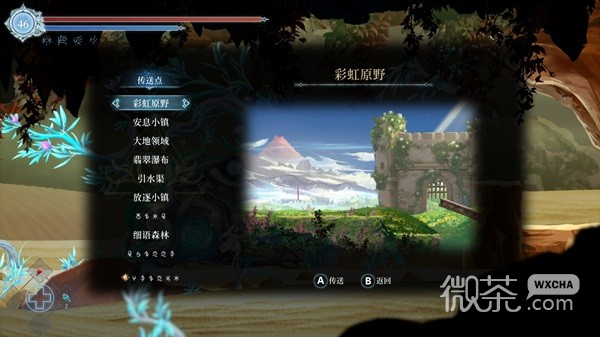
Not only is the overall design level good, but the size is amazing. It can basically be regarded as the "Elden's Ring" level in Castlevania-like games - that is, a more sketchy Castlevania-like game can be completed in 5 hours, and about 10 hours is considered standard. Matching, then the real ending time of "Dream of the Heart" without collecting all of it is 40 hours. The only game longer than this is probably "Hollow Knight" - but just looking at the map scale, "Dream of the Heart" is even longer than "The Hollow" "Knight" is much better.
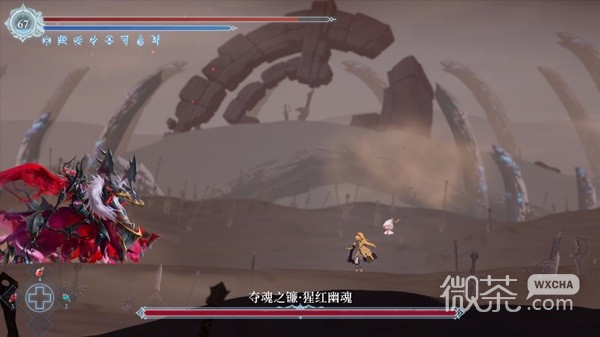
There are as many as 45 independently designed BOSSs in this game, not including any skin-changing monsters. The large map area is close to 20 without careful counting, and each map area has a relatively obvious scene theme and monster ecology - of course There are also monsters that exist across regions and scenes with similar themes (such as the Fall of Giants and the Mangrove Forest), but even so, the above figures are already quite scary and rich in volume, such as "Deedlit's Adventures in Wonderland" 》Strictly speaking, there are only about 3 large map areas.
The permanent ability improvement items in this game include divine leaves (3 pieces + blood), divine flowers (3 pieces + blue), divine seeds (increases the number of activated afterimages), divine seeds There are rings (increasing accessory slots), afterimages*, and three levels of balms (weapon upgrades). On top of this, there are also teleportation potions that are rare items (laughing, you want it to be a luxury item, right? ? Now I am kneeling down, but I have been trying a lot every now and then. Is the purple light a teleporting medicine or does it feel like emmm), some washing medicine, blood blue medicine of all levels, and water drop pillars (that is, money).
*That is, passive abilities. Double and triple jumps are fixed passive abilities. Divine seed activation is an optional passive ability such as jumping to produce blisters and being injured to produce poisonous mist.

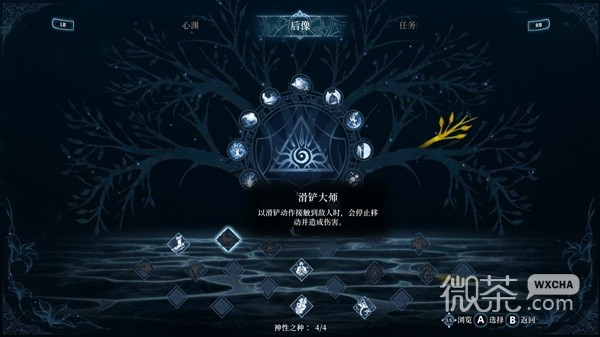
These collected contents are basically spread across every corner of the game map. Except for a few maps such as the Royal City and the Sunken Temple, the "density" of other maps in this game is very large - including one-way maps that can be opened from the other side. Walls, surfaces that can be destroyed by smashing, areas separated by water, rich and varied jumping music, and the classic "North-South Elevated" large elevators... There are also various blind spots where things can be hidden. There are a lot of things to do. For the old ass of Galaxy City, shopping is basically always new. As the ability to run pictures improves, you can always find something new in those dark corners. Of course, it may not be useful. (Especially the equipment, which is basically what it was before it was completely eliminated in each picture).

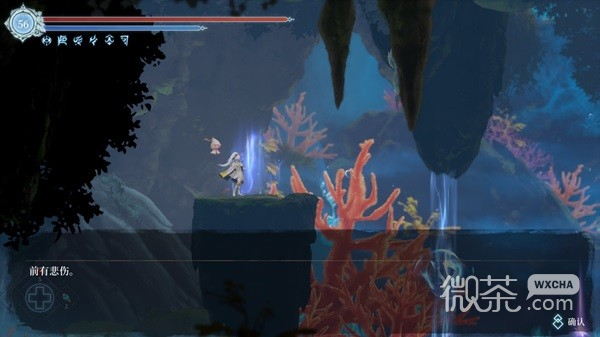
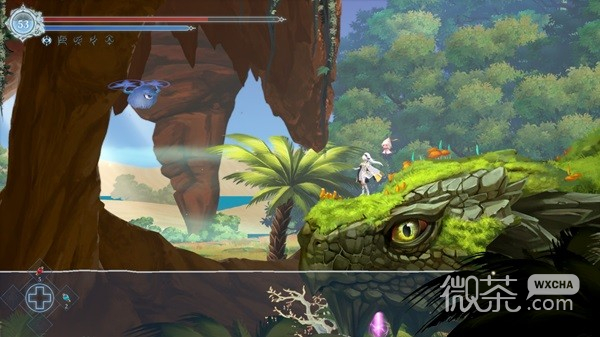
In addition to the normal "systematic" collection, there are also many hidden secrets that can be discovered, such as Se's gold coin collection, dragon language runes (so why is it gossip? Zhuge Konglong?), and the magic that makes you stronger when you kill enemies. The seeds and black magician's hat, yin and yang belt, left and right rings, etc... Especially the left and right rings used to rotate the hour hand are a tribute to Castlevania Chi Guo Guo. This is probably "Red Mark: After playing the piano at night in "Ritual of the Night", the most gratifying "restoration of the classics" is. Of course, the tribute to "Castlevania" throughout this game is also very obvious. In addition to the classic opening of the clock tower, the one from the retreat to the high The full set of running map capabilities at the end of the jump can be seen. In addition, the game also has obvious content that pays homage to the Hollow and the Ring of Magic. In other words, it can still be seen that the production team has played a lot of action-adventure games and also likes this type of game. .
Next comes the soul torture session: As for why "Dream of the Heart" is not a comfortable game - this part is not done well enough, resulting in the game's positive rating of only 85% after more than 10 hours (the overall positive rating is 78% , 67% before the transfer), which obviously does not match the quality of its games - but it is not unfair. Those games that are well received by the media and players will have much better completion in these aspects. The issues of combat and dancing will be discussed in part C and part D respectively.
The game builds a world that is actually a bit "Elden Ring" style - the great god created a world called Engardin, leaving four Goliath giants to guard the four directions (a great blessing); humans, as the last creation, (The Faded One) broke out into a war with the giants because of his greed, causing a big explosion called "The Razing". The sacred order collapsed, and human society collapsed... From then on, a small number of human beings Survivors are scattered around the world, and the girl Renee is one of them. One day, her village is attacked, and her mentor Alos disappears, so the girl embarks on a journey to find her teacher and uncover the truth behind the world. .
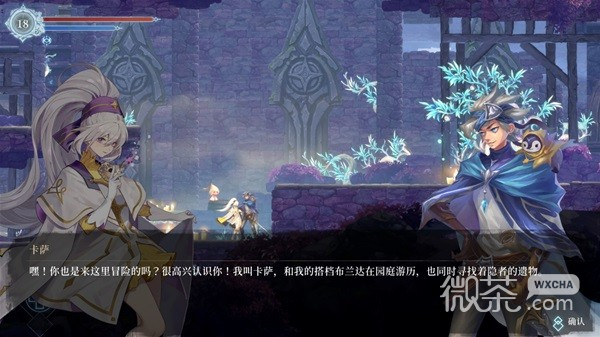
For this part, the official description (store page) is: "So, Renee left the destroyed village and began an inexplicable journey that will trigger a series of events that will determine the fate of this new world."—— I have to say that the word "inexplicable" is used appropriately, because it can very well restore the player's narrative experience in most of the game process.
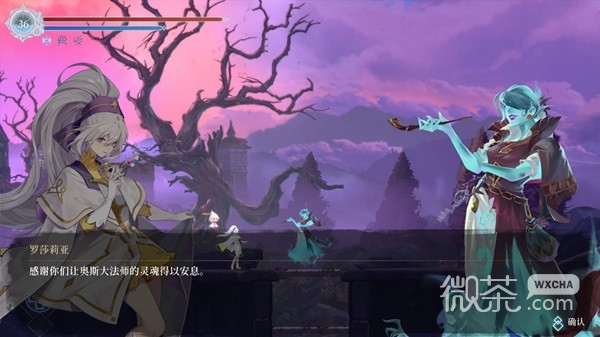
The game first throws the player directly into a chaotic state of "you know it, you know it all, and I don't have time to explain it if you don't understand it", including but not limited to a world view built from scratch (the player does not have any information anchors) (can be used as a reference), a large number of game characters who enter the perspective of the game without a chance to be introduced, and a large number of nouns with completely unclear meanings including "heart abyss", "after image", "god seed", etc..... .
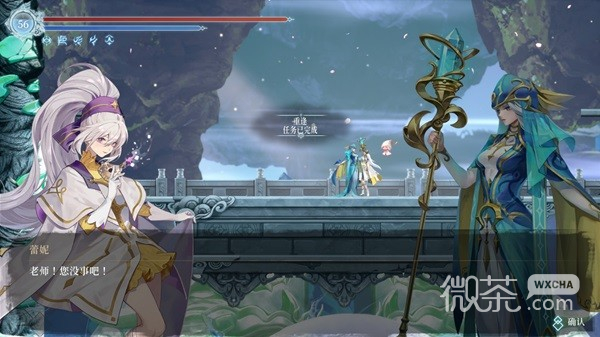
Then when the player sets off on the road with a confused face, the first task is to go from the far left to the far right of the map. Not counting the fork in the middle, he needs to cross about 10 maps... What is there to the east? What will you pass on the road? Are there any obstacles that you need to find somewhere to overcome first? None. There is not even a point of interest marked for you on the map, and once you find it, you will go back to the village, and then you will be outside. When I’m shopping and haven’t teleported yet, I don’t know where to go and need tips.
The one-shot narrative is part of the chaotic appearance of this game. The rest is basically reflected in this: when you get any item, you can never intuitively know what it is for: except for white and green. In addition to purple and purple, it can probably tell you its rarity - what you pick up at the gold value may be a divine seed or an afterimage. The flower treasure chest can only tell you that the item is purple, which may be equipment. Weapons, accessories may also be potions. When we get a key, it means that we can open the door somewhere, but without exception, this "somewhere" will never leave an impression. For example, you will naturally realize from the process that the key to the royal city is to Open the lock in the upper left corner of the entire map?
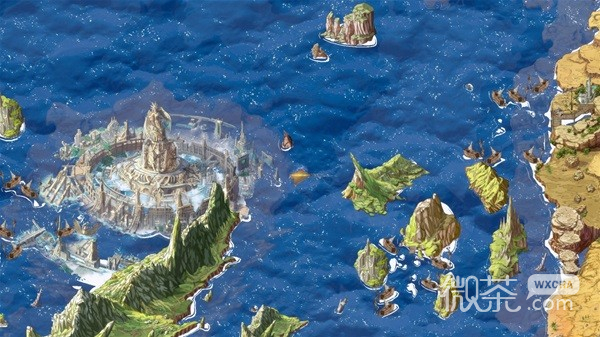
To put it simply, the game has a lot of "nouns" and a lot of background story settings, but it neither completes a good "concept formation" process nor achieves the effect of environmental narrative & scene narrative at all - this What is needed is visual guidance. In "Lily of the End", "Dark Soul" and "Hollow Knight" we can read the story from the scene - for example, in "Lily of the End", every White Miko In addition to the fallen scene, there are also reasons why each BOSS is carefully arranged in that area (there are posts in Quagmire that have analyzed it, if you are interested, you can search it). Similarly, we can read Abyss Walking in "Dark Soul" Through the story of the author and the truth about the demon in the magma, you can understand the sense of fate behind "Hollow Knight".
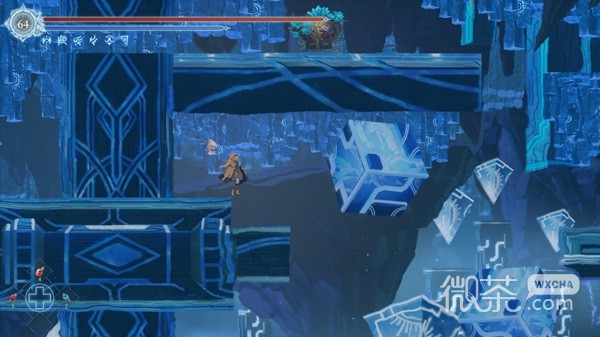
Maybe the story of traditional Castlevania is not that important, but games in the new era will pay more attention to this, and these contents are the internal reasons why people can deeply love a game and cannot forget it for a long time. And this kind of natural guidance can be constructed from the narrative level. For example, from the progression of the plot, we can roughly know what the next item is and what the story behind it is. And when we read the text, all the detailed information is can be connected naturally. Then starting from the story narrative, "Dreamland of the Heart" is completely lacking in this aspect. The only thing that can be called "environmental guidance" is that only the branches hint at the location of the tree.

In addition, similar to Hollow, Soul, and Lily, they all have settings similar to "playing a weakened version of the learning mechanism on the road, and the final BOSS is an enhanced version." Emmm, the BOSS in "Dream of the Heart" highlights a casual and non-ceremonial sense, and the BOSS also There is rarely any connection with the scene (not all, but quite a lot), and there is very little learning related to the combat mechanism - for example, there are no similar mobs to teach you how to slide and shovel before defeating the petrified BOSS, or the ice and fire in the royal city. The mage BOSS does have this mechanism, but when you encounter the weakened version after defeating the BOSS, you will be very confused... But the most confusing thing is that you entered the BOSS room without any warning, and started fighting without any warning... .... Coupled with the freedom of map running in this game, if you accidentally enter the BOSS room on an advanced map, you will basically have no choice but to throw away the experience and get out.
This game uses a lot of flutes, flutes, pianos, string instruments and other instruments. The overall feeling is "fairy music". The music itself is very good, but as a Castlevania-like game, there are big problems. It requires tense links and melodious music. The slow-paced music makes people drowsy, and the intense BOSS battle scenes have little effect on the atmosphere.
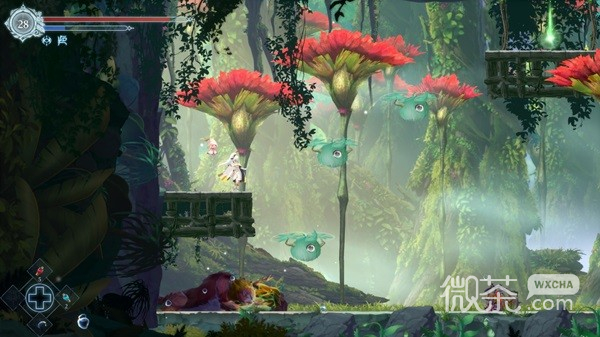
Many people have experienced this, but to put it simply, the overall brightness of this game is too high, the color difference is not obvious, and it lacks the layering of close-up and long-range shots. The distinction between monsters and scenes is not obvious, and the "interaction" of the scenes is also not obvious-- —For example, if a thick wooden board is a thin wooden board that cannot be jumped down, it is not a setting that carbon-based organisms can come up with (can't you just change the color to distinguish it?)
"Heart Abyss Dreamland" also has quite a few highlights in terms of jumping music: first of all, the movement and turning in this game are very grainy - turn around and move out of a position, secondly, the sprint distance in this game is fixed, and finally the character does not grab the edge. , these are fatal negative feedback for the jumping experience when the character's physical performance is disabled in the early stage. Moreover, this game has quite a lot of problems in terms of animation performance. For example, when jumping, the character cannot feel the inertia of the translation at all, and the double jump of the wings is unnatural, etc. In addition, similar to the edges of the upper and lower platforms, there is a lack of detailed painting, which makes it difficult to see from the perspective of the viewer. The experience (moving graininess) is very weird, and this weird experience is also paired with a setting that makes you go back hundreds of thousands of miles to the starting point if you touch a thorn.
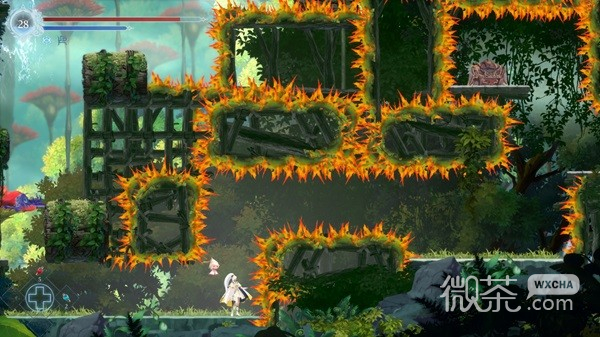
How to put it this way, in the middle of the game, I once had a strong objection to "Dream of the Heart", which allows you to go back to the starting point if you hit a thorn in the ground. This is because the density of jumping music in this game is quite high, and many of them are necessary in the early stage. Although the difficulty is not great, the operation window is very short, and the jumping music drains a lot of blood (coupled with the super large map and the few save points, it creates anxiety, which will double the anxiety of the first version if it is not teleported).
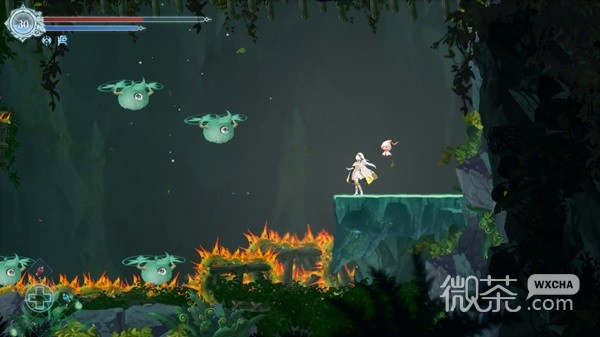
But this problem actually gradually ceases to be a problem as the game progresses. The main reason is that the character's body performance is getting stronger and stronger, and multiple jumps, sprints, and weapon slashes (extending horizontal distance) can be combined at will in the process. , and the difficulty of this game's jumping music is really very low - just compare it to another Galaxy City jumping music maniac "Grime". There are only a handful of jumping music in this game that are above "passing" difficulty, and of course it is simple. The jumping music is even more irritating because of the handicap and repeated return to the starting point...